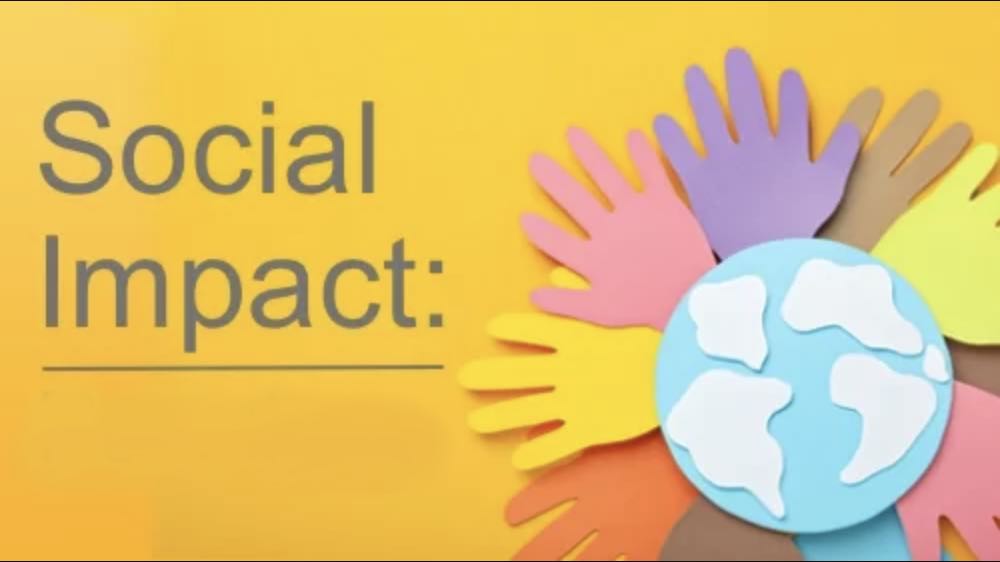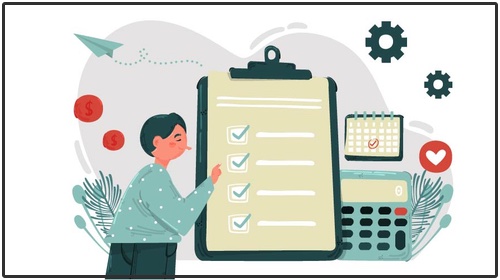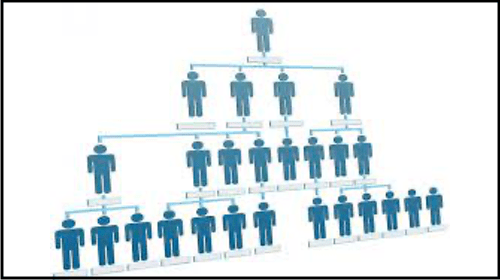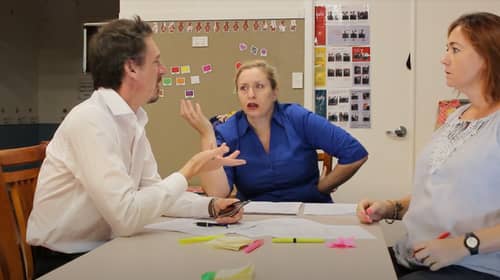5 Committee Roles Explained
Authored by:
iClick2Learn Team
‘Click the video titles below to view them’
Transcripts are available under the videos
Your president provides leadership and direction to your committee. They run the meetings, guide the committee in their roles, make sure everyone is fulfilling their individual responsibilities, and that your committee is working well as a team. They also act as a link between your committee and your service manager. They are generally the primary spokesperson for your service. They can also be responsible for signing documents, on behalf of your service.
The Vice President supports the president in their role, and it’s often seen as a training opportunity for those who may be thinking about stepping into the president’s role in the future. They are expected to fill in for the president when they’re not there, so they should have a good understanding of the responsibilities of the president to take on this role. In many cases, the vice president’s role is underutilised, and could better help the president with some of their areas of responsibility.
The secretary is responsible for the administrative tasks for the committee, like agendas, meeting minutes, and holds all correspondence, records, registers and documents in their custody. They prepare and lodge the annual reports, and those changes to the constitution. They maintain a register of members of your service, and committee members. And they also generally are the point of contact between your service and government agencies.
The treasurer maintains the financial records and needs to have a sound knowledge of financial matters. They advise and help with the development of budgets and evaluate any trends. An important part of their job is to ensure the committee understands the financial position of your service. The rest of the committee must also understand that they cannot solely rely on your service manager or the treasurer for financial information and analysis.
Your treasurer must work in partnership with your service manager and any bookkeepers to ensure your service’s financial affairs are kept up to date. They should also monitor income and expenditure to make sure that, for example, the financial delegations are being complied with, and they also work with the auditor and present financial reports to the members at the AGM. Another important role they have is making sure your service has the appropriate insurances in place and that they are paid for and up to date.
The committee may or may not include the roles of grievance officer and staff liaison officer. These are not official committee positions. However, they may help your service to run more smoothly if they’re filled. These can be roles given to general committee members or roles that are added to one of the above office bearer’s areas of responsibility.
It’s almost inevitable that conflicts will arise within your service or someone will raise a grievance. And it’s helpful if one person is appointed to act as the grievance officer so people know who to contact. The position should be supported with a conflict and grievance resolution policy. It is also very important that anyone acting in this role should have basic training in this area.
The key responsibility of your staff liaison officer is to serve as first point of contact with the committee for any staff and employment-related concerns not able to be dealt with by your service manager. It is a legal requirement to provide an alternate contact for those who work under your service manager if they cannot resolve their dispute at that level.




















